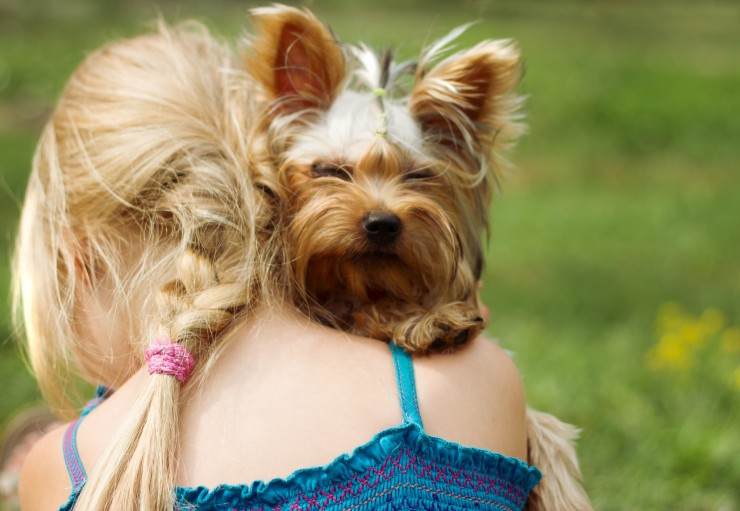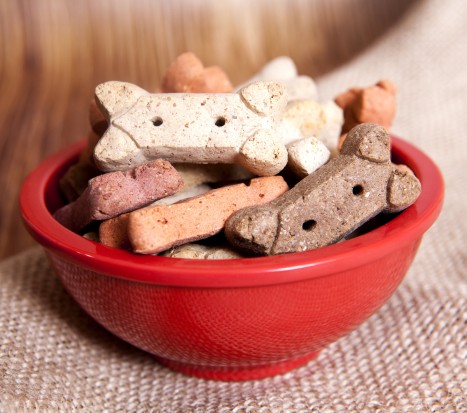As early as the 1900s the Red Cross was using Search and Rescue dogs (SAR dogs) to help find people who were lost. Many recognize the barrel-toting St. Bernard as the rescue dog who finds those lost in the snow. Originally used in the Alps, these first rescue dogs set the standard for diligence and ability.
Today, SAR dogs locate people lost or covered by debris, such as when buildings are destroyed by tornados, hurricanes or other disasters. They are also employed to find people lost in the woods or buried by mud and rock slides. The military also uses Search and Rescue dogs to look for injured soldiers or enemy soldiers in the field.
There are years of training programs and certifications that the Search and Rescue handler and dog must complete before they are allowed to work in a disaster or search for a lost person. The training and certification is paid for by the trainer-handler-partner.
The training and certification process begins at an early age and takes up to two years to complete. The dogs and handlers must be in great physical condition and the dogs must be agile, strong and have a good nose. All Search and Rescue dogs must be able to climb ladders. In addition, they cannot be afraid of heights or tunnels, and must be willing to follow the handlers commands no matter what.
Dogs selected as Search and Rescue animals, must be non-aggressive both towards people and other animals, including other dogs. One snap, growl, or incident of aggressive behavior and the dog is no longer allowed to train.
Dog breeds, such as Bloodhounds, German Shepherds and Labradors are noted for their abilities as rescue dogs, but many others are just as good. Golden Retrievers, Australian Cattle Dogs, Collies, Boxers and even Mutts are certified Search and Rescue partners.
When looking for a pup, trainers look for one that will be a follower. The puppy should be outgoing and friendly to everyone and all animals. The puppy should be of a breed that will grow to between fifty and 75 pounds. The best pups usually have some type of working breed in their bloodline.
Herding dogs tend to make better Search and Rescue dogs than hunting dog as those breeds tend to get distracted when the scent of another animal presents itself.
Play is the cornerstone for teaching search techniques and patterns; making a game of the task of searching. A Search and Rescue dog will become a life partner for the trainer. So the training also serves to consolidate the relationship between the handler and dog.
The cost of certifying a Search and Rescue pair is enormous and the program time consuming. Search and Rescue groups are generally not well funded and they donate their time to serving the public. Most recently, SAR teams have been used in the aftermath of 9/11, as well as locating those killed by Hurricanes Katrina and Ike.

 Keeping Pets Safe Around Electrical Cords
Keeping Pets Safe
Keeping Pets Safe Around Electrical Cords
Keeping Pets Safe
 Can Owning A Dog Help Prevent Kids Developing Asthma?
Can Owning A Dog
Can Owning A Dog Help Prevent Kids Developing Asthma?
Can Owning A Dog
 Tips For Safe Home Cooking For Dogs
Tips For Safe Hom
Tips For Safe Home Cooking For Dogs
Tips For Safe Hom
 Cat's Immune System - A Brief Review And Solutions
A cats healthy immune system is very import
Cat's Immune System - A Brief Review And Solutions
A cats healthy immune system is very import
 Where Is The Best Place To Put Your Dog’s Bed?
Where Is The Best
Where Is The Best Place To Put Your Dog’s Bed?
Where Is The Best